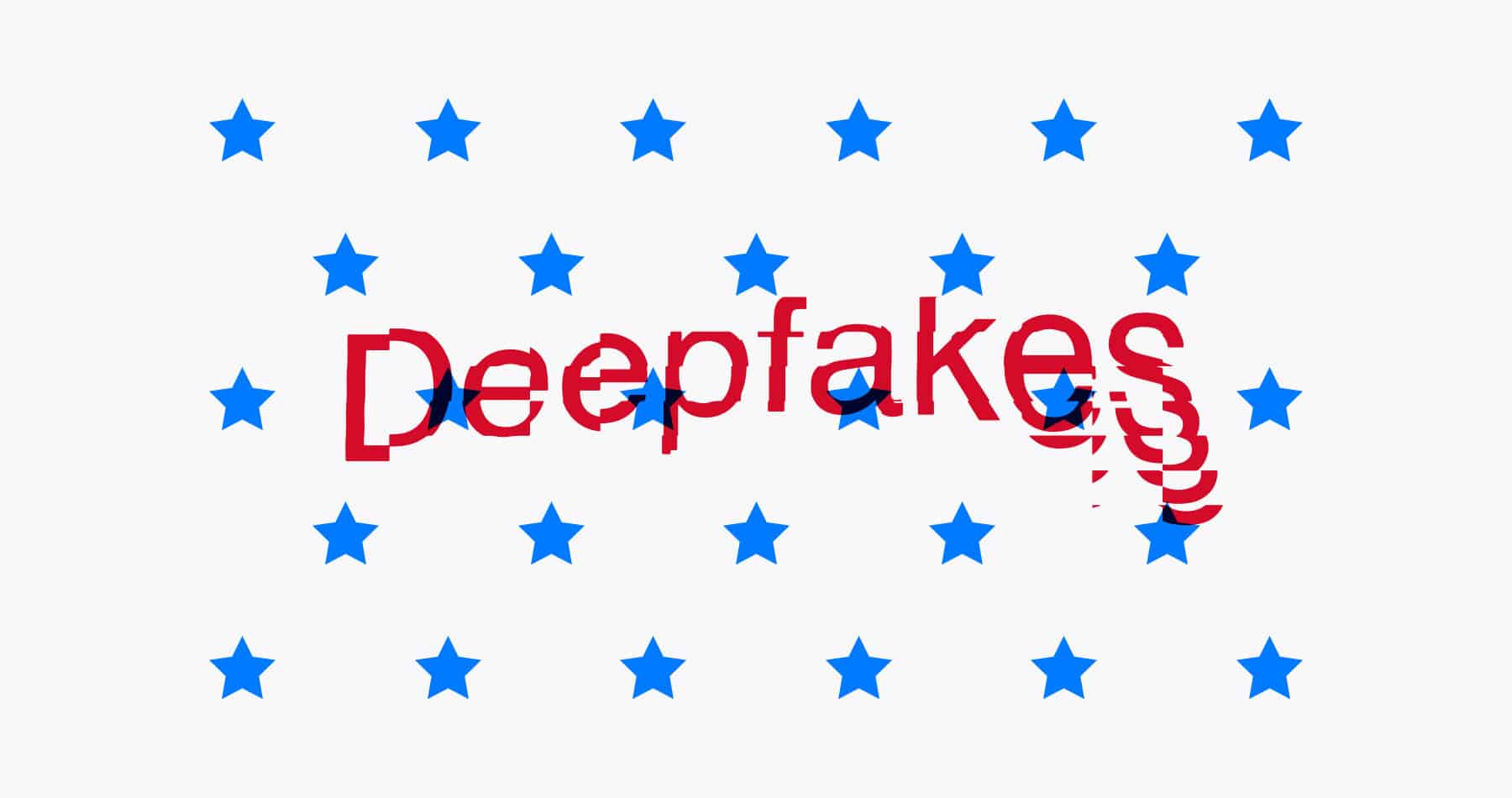What are Deepfakes? – Examples of Deepfakes (Updated 2020) | Tessian
New data from Tessian which reveals that 74% of IT leaders think that #deepfakes are a threat to their organizations’ and employees’ security.
These AI-generated fake videos or audio recordings known as deepfakes are easy to make and don’t require many resources – all it takes is one minute of audio or a video of a CEO taken from a conference presentation for a malicious actor to pull together a clip. We saw this play out last month when a phone spear-phishing attack brought Twitter to a grinding halt, demonstrating how easily employees can be tricked into revealing company credentials. While still a relatively new tactic, and, in some cases, easy to spot, deepfake technology will only continue to get better, faster, and cheaper, posing more of a threat for enterprise – and election – security.
Additional key findings:
- 76% of IT leaders believe deepfakes will be used as part of disinformation campaigns in the election
- 61% of IT leaders are already educating their employees on the threat of deepfakes
- Another 27% have plans to begin informing employees on the growing threat

